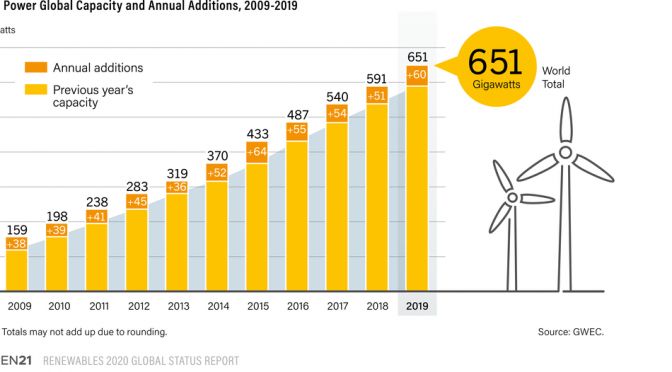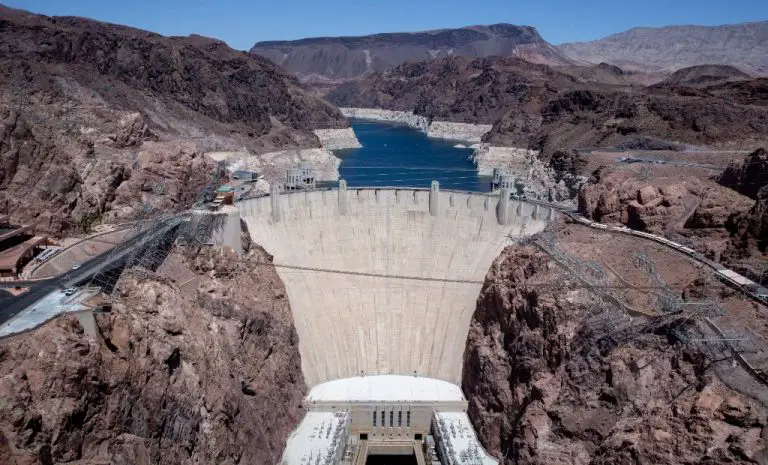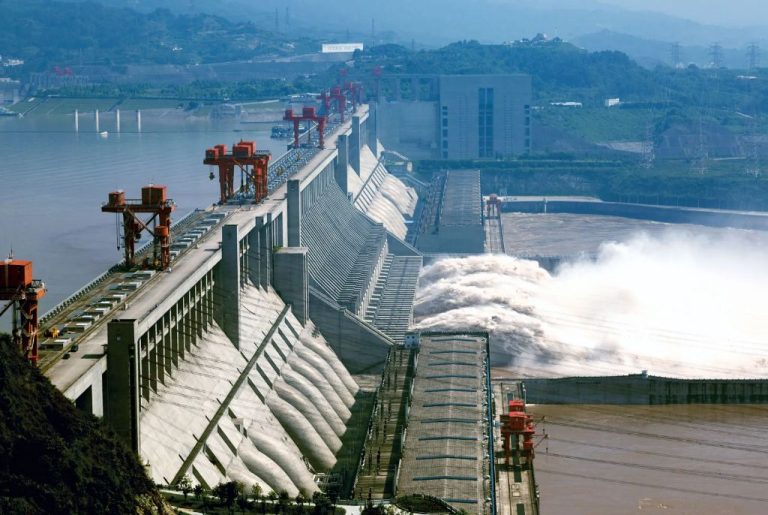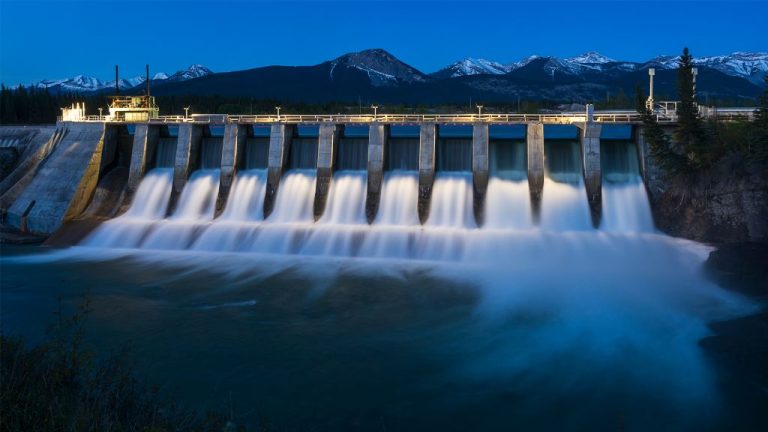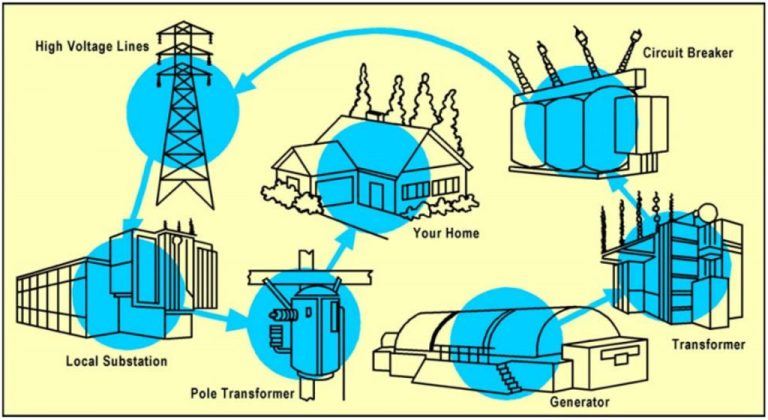Can You Power A House With Hydropower?
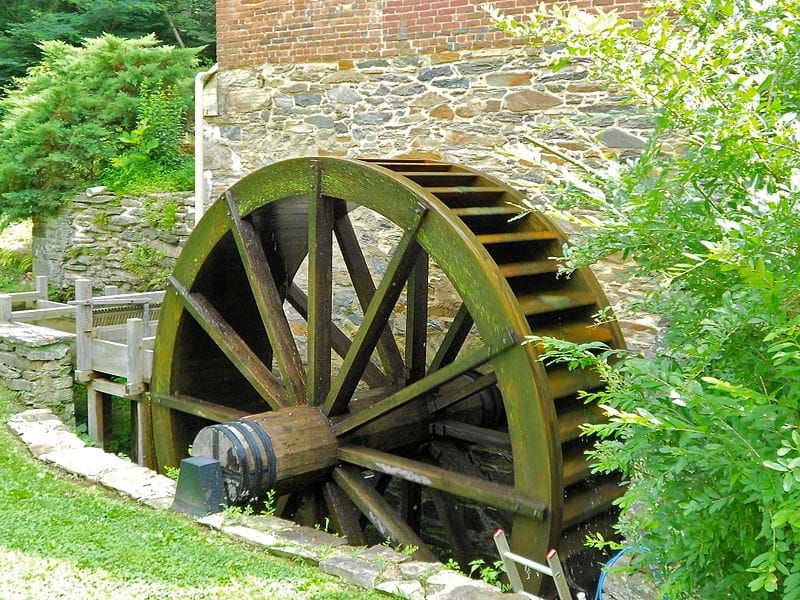
Hydropower is the conversion of the energy from flowing water into electricity. It has been used for decades to generate power for homes, businesses, and communities. With the right conditions, hydropower can also be harnessed on a smaller scale to provide electricity for a single home. This content will evaluate if hydropower systems can realistically provide enough renewable power to meet the needs of a typical household. We’ll examine how home hydropower systems work, discuss the main pros and cons, look at key feasibility factors, and provide real-world examples through case studies. The goal is to gain a comprehensive understanding of whether hydropower can be a viable energy source for powering a house.
What is Hydropower?
Hydropower, or hydroelectric power, is electricity generated from moving water. According to the U.S. Department of Energy, hydropower is one of the oldest and largest sources of renewable energy (https://www.energy.gov/eere/water/hydropower-basics). The basic principle uses the force or energy of moving water to spin a turbine connected to a generator to produce electricity.
Humans have harnessed the power of water to perform work for thousands of years. In the late 19th century, hydropower played a key role in the development and growth of electric light and power systems. The first U.S. hydropower plant opened on the Fox River, near Appleton, Wisconsin in 1882 (https://www.nrel.gov/research/hydropower.html). Today, hydropower accounts for over 6% of total U.S. electricity generation and almost 40% of electricity generation from renewable energy sources.
How Hydropower Works
Hydropower works by converting the energy from flowing water into electricity. The process starts with a dam built across a river to create a reservoir. The water in the reservoir flows through a large pipe called a penstock and rotates a turbine as it falls. The turbine spins a generator to produce electricity.
The amount of power generated depends on the volume and speed of the water as well as the vertical distance the water falls. More specifically, the power generated is proportional to the product of head times flow. Head refers to the height difference between the surface of the reservoir and the turbines. Flow refers to the volume of water moving through the system per unit of time.
As the water strikes the turbine blades, it causes the shaft to rotate at high speeds. The shaft is connected to a generator which converts the mechanical rotation into electrical energy through electromagnetic induction. The electricity is then transported via transmission lines to homes, businesses and the electrical grid.
Hydropower is a flexible renewable energy source since operators can control the flow of water to produce power according to electricity demands. Reservoirs act as natural batteries, storing potential energy for on-demand electricity production.
Sources: https://www.energy.gov/eere/water/how-hydropower-works, https://www.energy.gov/eere/water/hydropower-basics
Hydropower Usage
According to the 2022 Hydropower Status Report published by the International Hydropower Association (https://www.hydropower.org/publications/2022-hydropower-status-report), hydropower currently accounts for over 16% of electricity production worldwide. In 2021, hydropower generated around 4,250 TWh of electricity globally. This makes hydropower a major source of renewable energy across the world.
Some countries generate a very high percentage of their electricity from hydropower. For example, Norway produces over 95% of its electricity from hydropower because of its abundant water resources and mountainous landscape (https://www.statista.com/topics/2577/hydropower/). Other leading producers are Canada (59%), Brazil (65%), and China (20%).
In the United States, hydropower accounts for about 7% of electricity generation and 40% of total renewable electricity generation as of 2021, according to the U.S. Energy Information Administration. The U.S. has over 80,000 dams, many of which produce hydroelectricity. Some states like Oregon and Washington produce over two-thirds of their electricity from hydropower thanks to major dams like Grand Coulee and Chief Joseph.
Hydropower for Homes
Hydropower can be used to generate electricity for individual homes, especially those located near flowing water sources like streams or small rivers. Small-scale hydropower systems designed for residential use convert the kinetic energy from water into electrical energy to power a home.
There are two main types of systems used for home hydropower:
- Microhydropower systems that produce up to 100 kilowatts of power
- Pico hydropower systems that produce 1-5 kilowatts of power
According to the U.S. Department of Energy, microhydropower and pico hydropower systems are good options for remote homes not connected to the utility grid (https://www.energy.gov/eere/water/home-hydropower-systems).
For a residential home, factors like the vertical drop of water, flow rate, and proximity to the home determine the feasibility and size of a home hydropower system. Even small creeks or flows under 10 feet of head (vertical drop) can produce enough electricity for a remote cabin or off-grid home. Systems require a turbine, pump, pipes or penstock to direct water downhill, and a generator to convert mechanical energy into electricity.
Home hydropower systems can provide a reliable source of electricity in remote areas, reduce dependence on the utility grid, and lower home electricity bills. However, feasibility depends on site-specific factors like water flow, permitting requirements, and installation costs. Professional site assessment and expertise is recommended when evaluating home hydropower options.
Pros of Home Hydropower
There are several advantages to using hydropower to generate electricity for a home:
Hydropower is a renewable energy source. The water cycle continuously replenishes the water in rivers and streams, making hydropower an inexhaustible resource as long as precipitation falls within the watershed. Home hydropower systems can operate indefinitely without depleting resources or producing waste.
Home hydropower systems have relatively low operating costs once installed, as there is no need to purchase fuel. Only occasional maintenance is required, resulting in an inexpensive energy source over the lifespan of the system. According to one study, the operating costs can be as low as $0.01 per kilowatt-hour [1].
Generating your own electricity using a home hydropower system provides energy independence. Homeowners with hydropower can produce their own renewable electricity, reducing reliance on the grid. This allows greater control over electricity costs and supply.
[1] https://www.theenvironmentalblog.org/2019/01/pros-and-cons-of-residential-renewable-energy-options/
Cons of Home Hydropower
While hydropower can provide clean, renewable energy for a home, there are some downsides to consider. One of the biggest cons of home hydropower systems is the high upfront costs. According to [The Environmental Blog](https://www.theenvironmentalblog.org/2019/01/pros-and-cons-of-residential-renewable-energy-options/), building a home hydropower system can cost between $1,000 to $20,000 or more. The costs depend on the size of the system needed for your energy needs and whether you have an existing water source that can be utilized.
Another con is the reliance on having a suitable water source like a fast-flowing stream or river near your home. As [Today’s Homeowner](https://todayshomeowner.com/general/guides/four-ways-to-use-renewable-energy-in-your-home/) notes, “As a result, home hydropower is rare.” Without the right water source, harnessing hydropower is not a feasible option. Even with a water source, you’ll need to get permits and ensure environmental protections are in place for using the water for hydropower generation.
Key Factors for Feasibility
There are several key factors that determine the feasibility of using hydropower to generate electricity for a home:
Water flow rate – The water flow rate of the stream or river determines how much power can be generated. Generally, a minimum flow rate of 2-3 gallons per minute is needed for a micro hydropower system that can power a home.[1] The higher the flow rate, the more electricity that can be produced.
Head height – Head height refers to the vertical drop of the water. More head means more power potential. For home systems, a head height of at least 2 feet is recommended.[2] The greater the head height, the more electricity that can be generated.
System costs – The upfront and ongoing costs of installing and maintaining a hydropower system can be significant. The feasibility depends on whether the long-term energy savings outweigh the system costs. Installing pipes, turbines, generators and transmission lines requires major investment.[3]
Permitting – Getting approval and permits to install home hydropower involves dealing with environmental regulations. The feasibility depends on whether the regulatory requirements can be met.
Site accessibility – The hydropower system needs to be installed near the home and requires access to the water source. This affects the practical feasibility of diverting water pipes and transmission lines.
Maintenance – Hydropower systems require ongoing maintenance which needs to be factored in. The feasibility depends on the ability to properly maintain the system long-term.
By evaluating these key factors, a homeowner can determine whether hydropower is a viable option for generating electricity.
[1] https://surgeaccelerator.com/hydropower-for-home/
[2] http://wimswater.com/hydropower.html
[3] https://eimaven.com.np/sector/hydropower
Case Studies
A real-world example of a home relying on hydropower is the home of David Fort on Orcas Island in Washington state, as described in an article on Home Power Magazine (https://solar.lowtechmagazine.com/2013/08/back-to-basics-direct-hydropower/). He uses a 5 kW hydroelectric generator powered by water from a small stream to meet almost all of his home’s electricity needs. The system uses a Pelton wheel turbine and provides enough power for lighting, appliances, and electronics.
Another real-world installation is profiled in a master’s thesis from Oregon State University (https://ir.library.oregonstate.edu/downloads/df65v987n). This off-grid home in Pennsylvania uses a customized micro-hydropower system harnessing energy from a spring and stream. With a flow rate of just 5-10 gallons per minute, the 1 kW system powers lighting, a refrigerator, computer, and other basic needs.
These examples showcase small-scale hydropower systems effectively powering real homes. With the right water source and equipment, micro-hydropower can provide a sustainable electricity solution for off-grid residences.
Conclusion
Overall, hydropower has the capability to provide electricity for homes in certain scenarios. Whether it’s feasible or not depends on several key factors like location, water source, energy needs, and regulations. Small-scale hydropower setups usually work best for off-grid homes with high energy demands located near a fast-moving water source like a river. Homeowners interested in pursuing hydropower will likely need to conduct extensive research and planning to determine if it’s a viable option for their specific situation. While challenging and costly, home hydropower can be an eco-friendly way to generate electricity sustainably over the long term. But it requires just the right combination of circumstances to be practical for the average homeowner.

